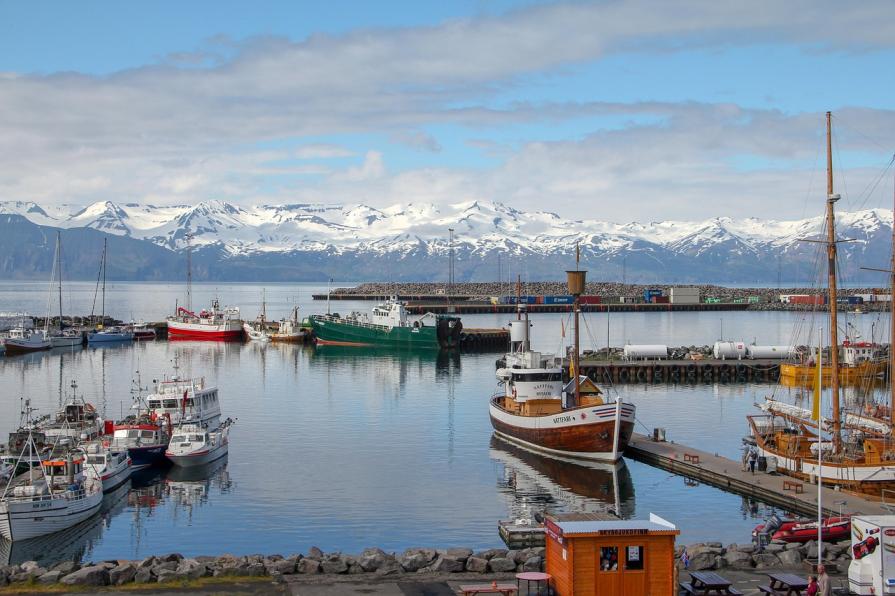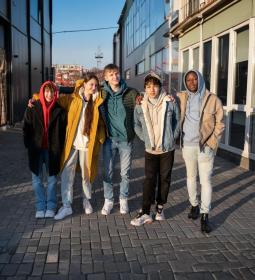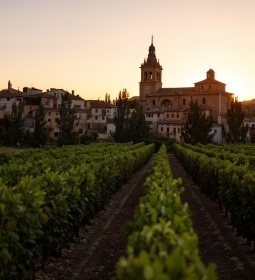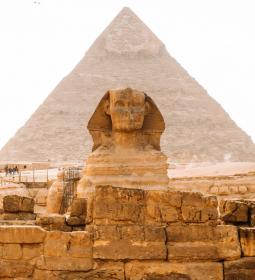Iceland has become an extremely popular destination in the past few years. I think you are convinced that you know quite a lot about this gem of Scandinavia. Today we'll add a few fun facts to your knowledge of Iceland that you hardly suspected before.
What is this country known for? You may have seen the pictures and heard of the famous Blue Lagoon or the magnificent Diamond Beach . Maybe you also know that there are more sheep than people, and there is no trace of McDonald's.
And what about the largest glacier in all of Europe? This is Vatnajökull , which occupies 8% of the territory. Have you heard that beer was banned for 74 years, and now the beer festival is celebrated on March 1?

The island has a smaller population than Arlington, Texas

The state statistics office publishes population data once a year. According to the latest data published as of January 1, 2021, the population of Iceland is 364,734.
As of January 2020, there were 55,354 immigrants living here = 15.2% of the population. Most of the expats were from Poland - 17% of the number of migrants and almost 2% of the total population.
65% of Iceland's residents live in Reykjavik

The administrative center is home to 233,000 people. The metropolitan region includes a city with six neighboring municipalities.
After Reykjavik, the most populous cities are Kopavogur and Hafnarfjordur , which are also part of the capital region.
Man inhabited these places more than 1200 years ago
This country was inhabited by Viking sailors in the 9th century. Archaeological evidence suggests an earlier temporary settlement, possibly by Gaelic or Irish monks.
In Iceland, patronymics are used, but there are no surnames
The patronymic here does not play the same role as in the Slavic states, but serves as a generic nickname. In the Middle Ages, the model was the same for all Scandinavian countries, but only here it survived. The person's name is based on the name of his parents. This is why the name of a Viking descendant almost always ends in -son (son) or -dóttir (daughter).
Names are censored

The government has a naming committee that maintains lists of permitted and prohibited names. If you want to name your child by a name that is not on the approved list, you must get permission from this committee.
Over 100 volcanoes!

Most people are aware of the volcanic activity in the westernmost part of Europe thanks to the eruption of the Eyjafjallajökull volcano in 2010, which halted most of Europe's air traffic for several days.
In fact, there are more than 100 volcanoes in the country, some of which are active. Due to this constant volcanic activity, most of the island is covered in lava fields.
11% glaciers
George Martin accurately wrote his saga "A Song of Ice and Fire" about Iceland. There are volcanoes here, and 11% of the state's territory is covered with glaciers. Glaciers are stunning, and when combined with fields of magma and waterfalls, they create unimaginable landscapes that are second to none.
Iceland has its own fjords

There are fjords outside Norway! The coast of the island is indented by more than 100 fjords. They are grouped into two main groups: the northwest coast and the east coast, both clearly visible on maps.
Europe's first parliament
Thingvellir National Park is home to the historically oldest parliament building in Europe. Around 930, the proto-parliament gathered in this place, included in the UNESCO cultural heritage list.
For two weeks each year, an open-air meeting - the Althingi - made laws and settled disputes. The Althingi meetings lasted until 1798.
There is no fast food in the country

Reykjavik is the only capital city in Western Europe without McDonald's franchises. This was not always the case - until 2009 there were four restaurants in the country.
Physical boundary between continents
Here is one of the few places in the world where the influence of tectonic processes in the heart of the earth can be seen with the naked eye. The tectonic plates that make up Eurasia and North America are diverging, as evidenced by the Mid-Atlantic Ridge.
In Thingvellir National Park, you can see the place where the plates came together. Although in fact they move away from each other by a couple of centimeters every year.
Iceland is not a member of the EU, but it is part of a united Europe

Like Norway, Iceland is closely linked to the EU through the European Free Trade Association (EFTA) and the European Economic Area (EEA). It is also part of the Schengen area, which allows people to move freely between Iceland and the rest of the Schengen area. Thousands of citizens come to the EU every year, work or study. The overwhelming majority of foreigners here are from the EU.
Iceland has its own currency
Here the euro does not apply - instead of it the kroon . This makes it the second most populous country in the world (from the end of the list) after the Seychelles with its own currency and monetary policy.
No standing armed forces
Despite the popularity of Nordic noir and Viking stories, the level of criminalization in Iceland is very low: it is the only NATO country that does not have a permanent army, air force or navy. There is a national coast guard, an air defense system and a crisis response unit (ICRU). ICRU is a peacekeeping force, which employs about two hundred people, they are not armed.
Celebrating beer day
According to a 1908 referendum, beer was banned from the government on the island from 1915 to 1989. It is now the most popular alcoholic beverage among volcanoes and fjords - so much so that they celebrate Beer Day on March 1st every year.
Craft beer is insanely popular. Breweries compete with each other in the sophistication of recipes - there are beer created with the help of geothermal energy, there are varieties using blueberries and cloudberries.
There are thirty cities in total. Their list fits in one paragraph

Reykjavik Kópavogur, Hafnarfjörður, Capital Region, Akureyri Keflavik, Garðabær, mosfellsbær, Akranes, Selfoss, seltjarnarnes, Vestmannaeyjar, sauðárkrókur, Ísafjörður, Álftanes, Egilsstaðir, Hveragerdi, Husavik, Borgarnes Höfn, Sandgerði, Southern Peninsula, Þorlákshöfn, Neskaupstaður, Garður, Dalvik, Siglufjordur, Reidarfjordur, Stykkisholmur, Vogar, Eskifjordur.













